Begin with an engaging introduction that highlights the importance and satisfaction of making your own Recipe Cutting Board. Share a personal anecdote or reason why you love DIY projects or woodworking. Mention the benefits of making your own cutting board, such as customization and using food-safe materials.
Ingredients and Equipment:
List the materials and tools needed for making the cutting board, including the hardwood plank, sandpaper, saw, etc. Include images of the materials and equipment to help readers visualize what they’ll need.
Step-by-Step Instructions:
- Select Your Wood: Explain the importance of choosing the right type of wood for a cutting board and list some suitable options.
- Measure and Mark: Describe how to measure and mark the dimensions on the wood plank, providing tips for accuracy.
- Cut the Wood: Guide readers through the process of cutting the wood plank to the desired size using a saw.
- Smooth E:dges Explain the importance of smoothing the edges and corners for safety and aesthetics. Describe the process of sanding the board with varying grits of sandpaper.
- Optional: Shape the Board: If including this step, detail how to use a router to round over the edges of the cutting board for a polished look.
- Sand the Surface: Guide readers through sanding the surface of the cutting board to create a smooth finish, emphasizing the importance of a gradual progression from coarse to fine grits.
- Apply Finish: Explain the significance of applying a food-grade mineral oil or butcher block conditioner to protect the wood and enhance its appearance. Provide instructions for application and drying time.
- Season Regularly: Stress the importance of regular maintenance by reapplying the finish periodically to keep the cutting board in top condition.
Enjoy Your Homemade Cutting Board: Encourage readers to enjoy the fruits of their labor and share how to care for and use the cutting board properly.
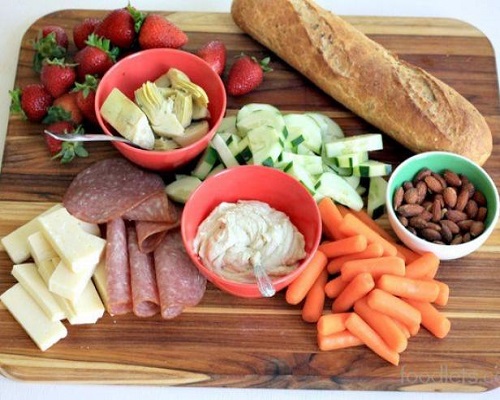
Tips and Notes:
Include helpful tips throughout the instructions, such as safety precautions, alternative methods, or suggestions for customization. Address common mistakes or challenges readers might encounter and offer solutions.
Conclusion:
Summarize the key points of the recipe blog post. Encourage readers to share their experiences making cutting boards and provide a call to action to leave comments or questions. Thank readers for joining you on this DIY adventure and invite them to explore more recipes or projects on your blog.
Visuals:
Include high-quality images or videos at each step to illustrate the process visually. Show close-ups of specific techniques or tools to aid understanding. Incorporate before-and-after shots to showcase the transformation of the wood into a finished cutting board.
Additional Resources:
Provide links to related blog posts, such as woodworking tips, other DIY projects, or recipes that pair well with homemade cutting boards.
Zippy Introduction Recipe Cutting Board
Welcome to the ultimate guide on crafting your very own custom cutting board! There’s something incredibly satisfying about creating practical, beautiful pieces for your kitchen, and making a cutting board is no exception. Whether you’re a seasoned woodworker or just dipping your toes into the world of DIY projects, this step-by-step recipe will walk you through every stage of the process. From selecting the perfect hardwood plank to applying the finishing touches, you’ll learn the art of transforming raw materials into a kitchen essential that’s as functional as it is stunning. So, roll up your sleeves, grab your tools, and let’s embark on this woodworking adventure together.
Some Examples of Recipe Cutting Boards, here are a few Creative Ideas:
- Herb Garden Cutting Board: Embed small pots or compartments into the cutting board where you can plant fresh herbs. This way, you always have aromatic herbs at your fingertips while cooking. Multi-purpose Cutting Board: Create a cutting board with multiple sections or detachable parts for different purposes, such as chopping veggies, slicing bread, or serving cheese and charcuterie.
- Personalized Engraved Cutting Board: Use a woodburning tool or laser engraver to personalize the cutting board with your name, favorite quote, or a meaningful design. It adds a personal touch and makes a great gift idea. Eco-friendly Cutting Board: Upcycle old wooden pallets or reclaimed wood to make a rustic and environmentally friendly cutting board. It’s a sustainable option that adds character to your kitchen.
- Marble and Wood Fusion Cutting Board: Combine the elegance of marble with the warmth of wood by incorporating a marble slab into the design of your cutting board. It’s not only functional but also adds a touch of luxury to your kitchen. Convertible Cutting Board: Design a cutting board that can be flipped or unfolded to reveal additional features, such as built-in measuring scales, storage compartments, or a built-in knife sharpener.
- Artistic Cutting Board: Get creative with your design by incorporating intricate patterns, geometric shapes, or colorful resin accents into the cutting board. It becomes a functional piece of art in your kitchen. Interactive Recipe Cutting Board: Print or engrave your favorite recipes directly onto the surface of the cutting board. This way, you can follow along with the recipe while preparing ingredients, making cooking more convenient and enjoyable.
Personal Paragraph (or Two!) Recipe Cutting Board:
Crafting your own cutting board is more than just a woodworking project; it’s a journey that combines creativity, functionality, and a touch of personal flair. From selecting the perfect hardwood plank to sanding it to perfection, each step is an opportunity to infuse your cutting board with your unique style and preferences.
Whether you opt for a classic design or experiment with innovative features like herb gardens or marble accents, the end result is a kitchen essential that reflects your craftsmanship and enhances your culinary adventures. Every slice and dice becomes a celebration of your DIY spirit, making each meal preparation a moment to savor. So, roll up your sleeves, unleash your creativity, and embark on the satisfying endeavor of crafting your own personalized cutting board. It’s a recipe for both practicality and pride in your kitchen.
Break Down the “Ingredients” Needed for Crafting a Recipe Cutting board:
- Hardwood Plank: The primary ingredient, the hardwood plank forms the foundation of your cutting board. Choose from various options such as maple, walnut, cherry, or oak, ensuring it’s untreated and food-safe.
- Sandpaper: Essential for smoothing out rough edges and achieving a sleek finish, sandpaper comes in varying grits. You’ll need coarse to fine grit sandpaper for gradually refining the surface of the cutting board.
- Mineral Oil or Butcher Block Conditioner: This ingredient acts as a protective finish for your cutting board, preventing moisture absorption and maintaining its longevity. Opt for food-grade mineral oil or butcher block conditioner specifically designed for wooden kitchenware.
- Tools: While not traditional “ingredients,” tools are essential for crafting your cutting board. These include a saw for cutting the hardwood plank to size, a ruler or measuring tape for precise measurements, a pencil for marking, and optionally, a router for shaping the edges.
Step-by-Step Instructions along with Corresponding Photos for Crafting a Recipe Cutting Board:
- Step 1: Gather Your Materials and Tools
Gather a hardwood plank (maple, walnut, cherry, or oak), sandpaper (coarse to fine grit), mineral oil or butcher block conditioner, saw, ruler or measuring tape, pencil, and optionally, a router.
- Step 2: Measure and Mark the Wood
Measure and mark the desired dimensions on the hardwood plank using a ruler or measuring tape and pencil.
- Step 3: Cut the Wood
Use a saw to cut along the marked lines, ensuring straight and even cuts.
- Step 4: Smooth the Edges
Use coarse grit sandpaper to smooth out any rough edges and corners, gradually progressing to finer grits for a smooth finish.
- Step 5: Sand the Surface
Sand the entire surface of the cutting board using fine grit sandpaper, ensuring a smooth and even finish.
- Step 6: Apply Finish
Apply food-grade mineral oil or butcher block conditioner to the entire surface of the cutting board, using a cloth or brush to evenly coat the wood.
- Step 7: Let it Dry
Allow the cutting board to dry completely, allowing the oil to penetrate the wood and provide a protective finish.
- Step 8: Final Touches
Optionally, add any final touches such as rounding over the edges with a router for a more polished look.
- Step 9: Enjoy Your Homemade Cutting Board
Your homemade cutting board is now ready to use! Enjoy chopping, slicing, and dicing your favorite ingredients on your custom-made kitchen essential.
Homemade: Recipe Cutting Board
Ingredients:
- 1 hardwood plank (maple, walnut, cherry, or oak)
- Food-grade mineral oil or butcher block conditioner
Equipment:
- Saw
- Sandpaper (coarse to fine grits)
- Ruler or measuring tape
- Pencil
Optional:
- Router
Instructions:
- Measure and mark the desired dimensions on the hardwood plank using a ruler and pencil.
- Use a saw to cut along the marked lines, ensuring straight and even cuts.
- Smooth out any rough edges and corners using coarse grit sandpaper, then gradually progress to finer grits for a smooth finish.
- Sand the entire surface of the cutting board using fine grit sandpaper to achieve a smooth and even finish.
- Apply food-grade mineral oil or butcher block conditioner to the entire surface of the cutting board using a cloth or brush.
- Allow the cutting board to dry completely, then optionally round over the edges using a router for a polished look.
Your homemade cutting board is now ready to use! Reapply mineral oil or conditioner regularly to maintain its durability and appearance.
FAQs
- Q1: What type of wood is best for making a cutting board?
A: Hardwoods like maple, walnut, cherry, and oak are popular choices for cutting boards due to their durability and attractive grain patterns. It’s important to choose untreated wood that is food-safe.
- Q2: Do I need to apply a finish to my cutting board?
A: Yes, applying a finish like food-grade mineral oil or butcher block conditioner is essential to protect the wood from moisture and bacteria. It also enhances the appearance of the cutting board.
- Q3: How do I maintain my cutting board?
A: To maintain your cutting board, wash it with warm, soapy water after each use and dry it thoroughly. Reapply mineral oil or conditioner regularly to prevent the wood from drying out and cracking.
- Q4: Can I personalize my cutting board?
A: Absolutely! You can personalize your cutting board by engraving it with your name, a special date, or a meaningful message using a wood burning tool or laser engraver.
- Q5: How thick should I make my cutting board?
A: Cutting boards are typically around 1 to 1.5 inches thick, but the thickness can vary based on personal preference. Thicker boards are more durable and heavy-duty, while thinner boards are lighter and easier to handle.
- Q6: Is it necessary to sand the cutting board?
A: Yes, sanding the cutting board is essential for creating a smooth surface and removing any rough edges or imperfections. Start with coarse grit sandpaper and gradually work your way up to finer grits for a polished finish.
- Q7: Can I use a router to shape the edges of my cutting board?
A: Yes, using a router to round over the edges of the cutting board is optional but can enhance its appearance and make it more comfortable to handle. Be sure to use a router with a round-over bit and follow proper safety precautions.
- Q8: How long does it take to make a cutting board?
A: The time it takes to make a cutting board depends on various factors such as the complexity of the design, the type of wood used, and your woodworking skills. Generally, it can take anywhere from a few hours to a couple of days to complete.
- Q9: Can I use reclaimed wood to make a cutting board?
A: Yes, you can use reclaimed wood to make a cutting board, but it’s essential to ensure that the wood is clean, dry, and free from any contaminants. Sanding and applying a finish can help restore and protect the wood.
- Q10: Where can I find more inspiration and ideas for making cutting boards?
A: You can find inspiration and ideas for making cutting boards from woodworking books, online tutorials, DIY forums, and social media platforms like Pinterest and Instagram. Don’t hesitate to experiment and get creative with your designs.

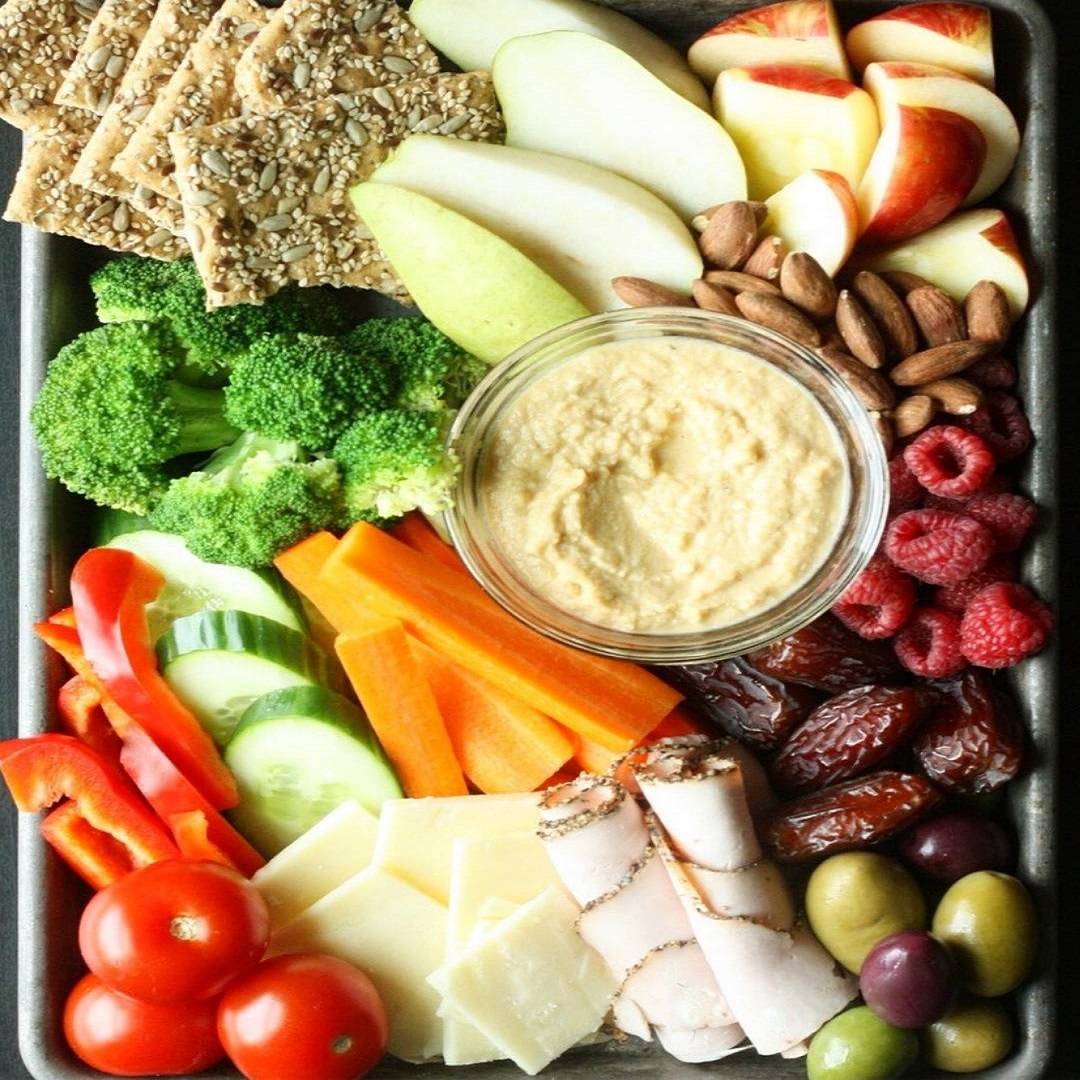
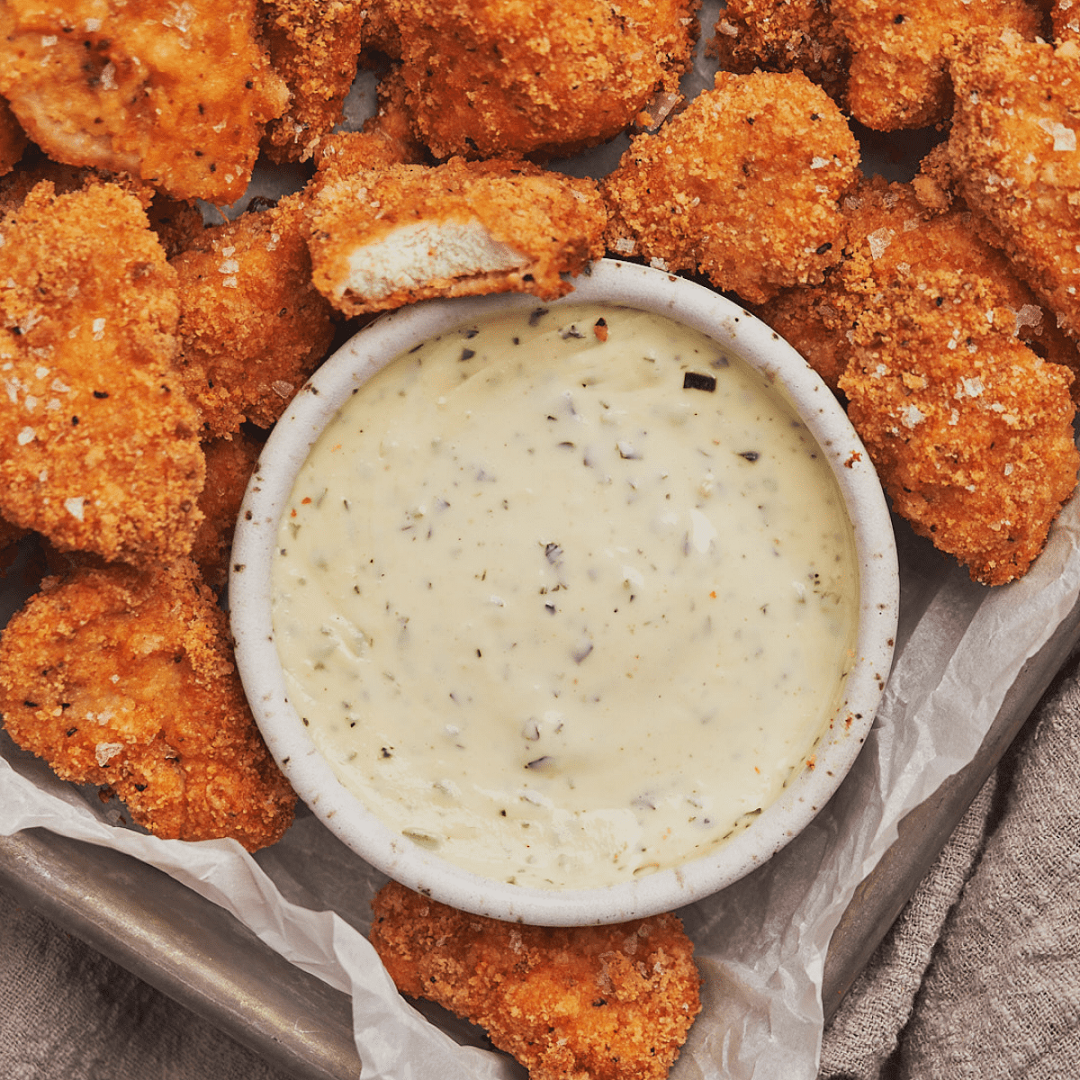
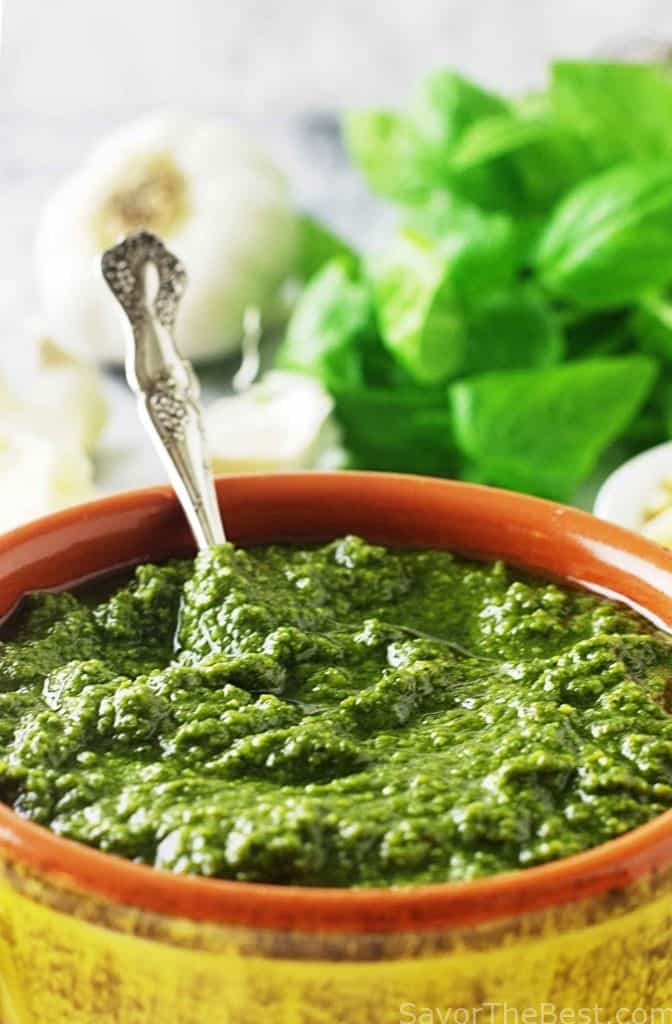
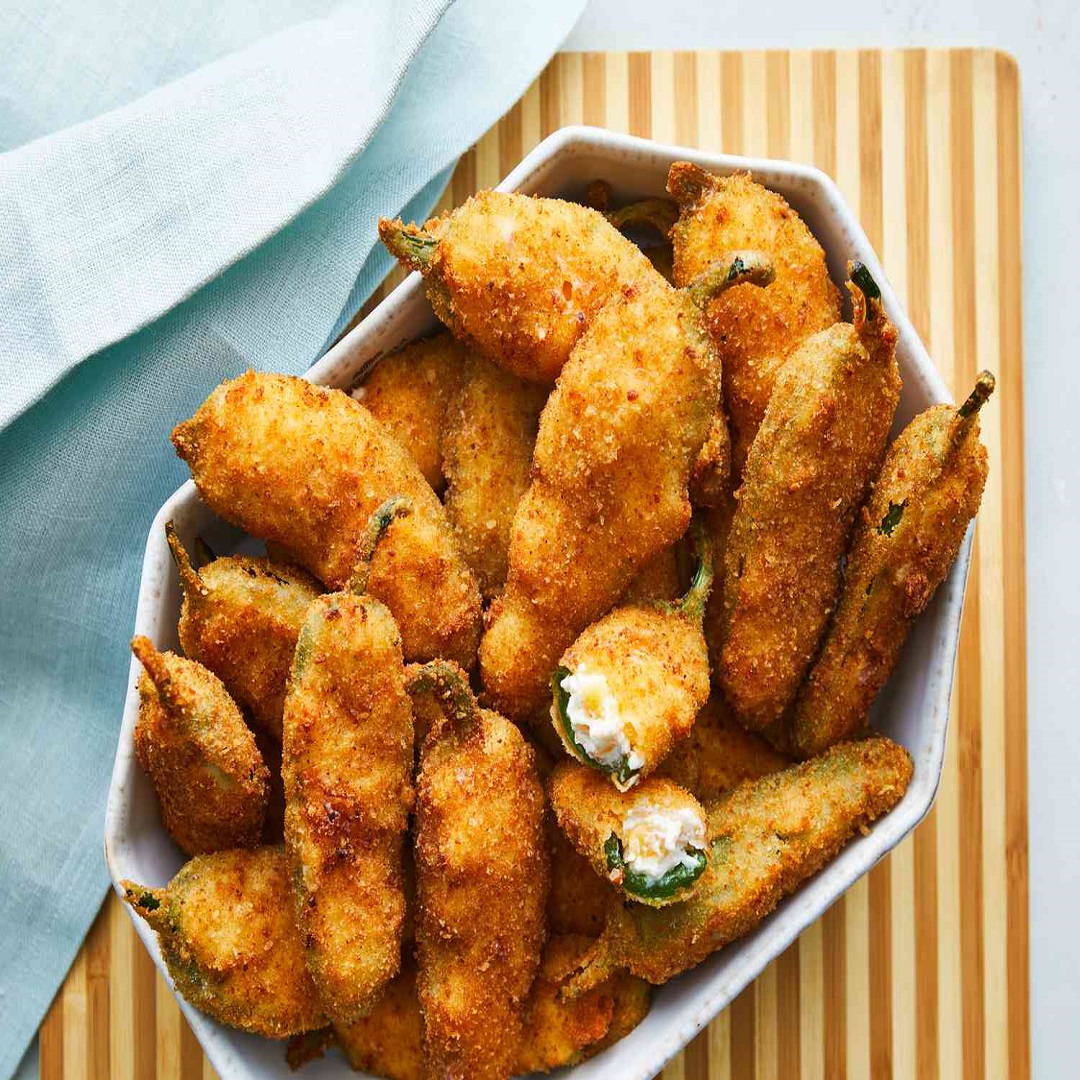
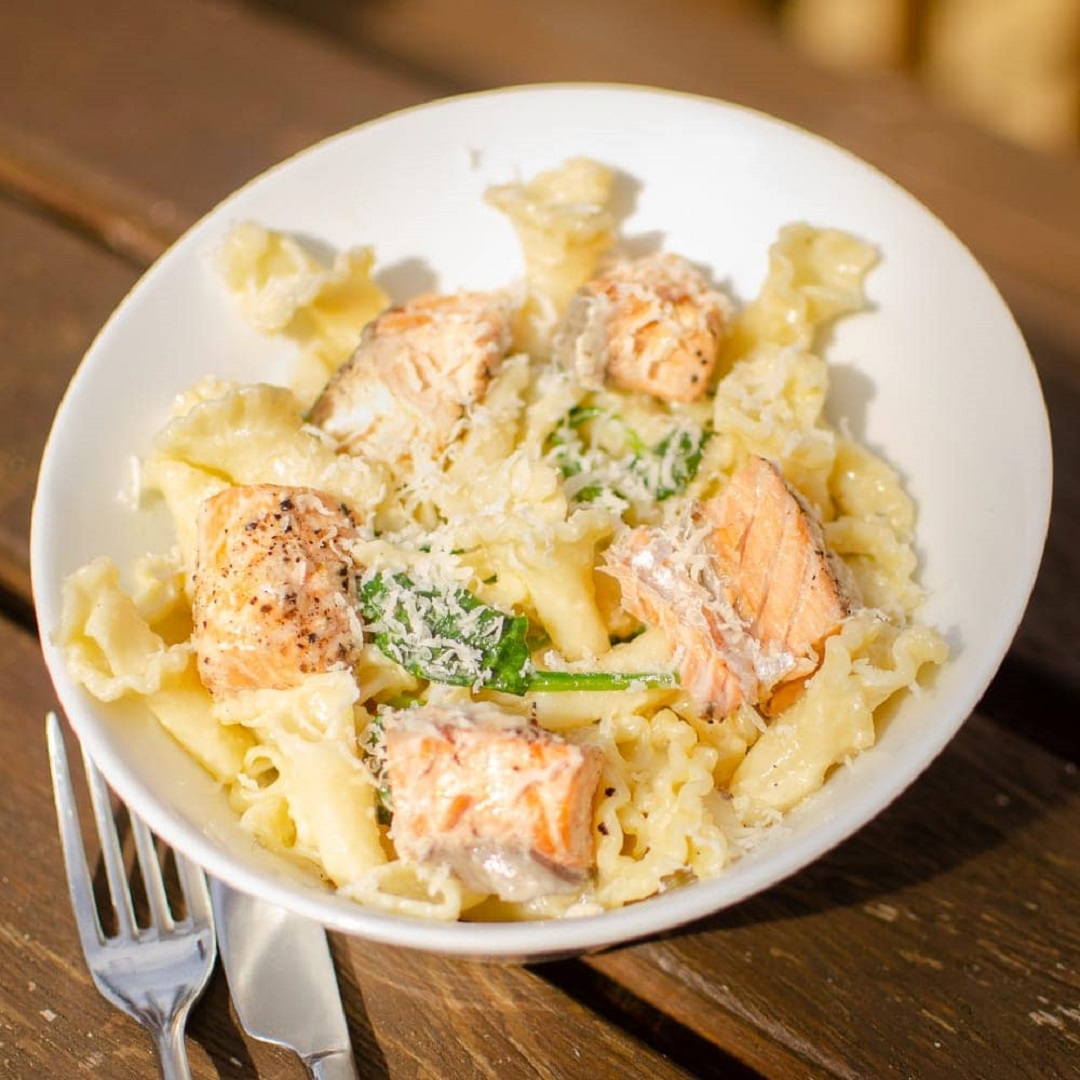

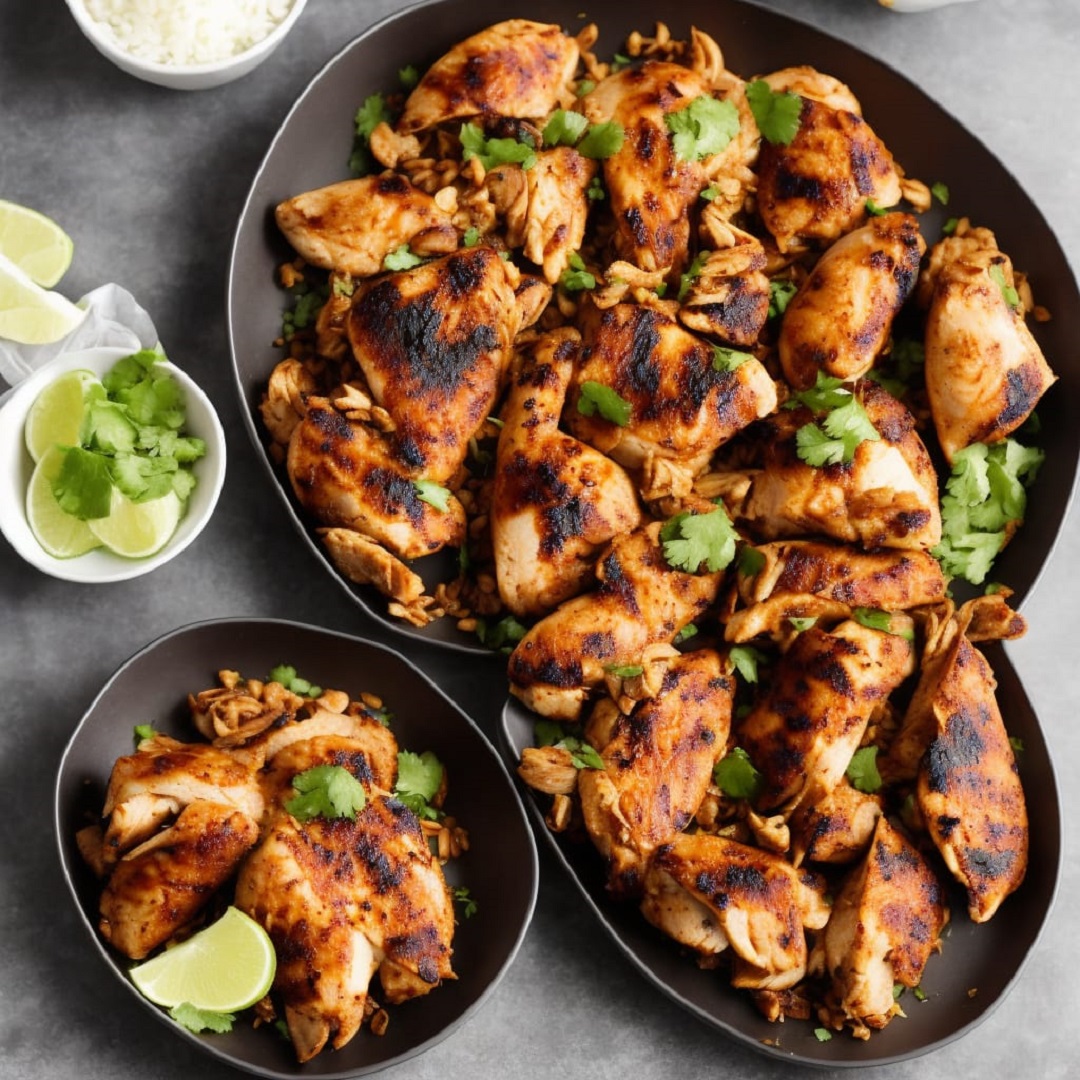
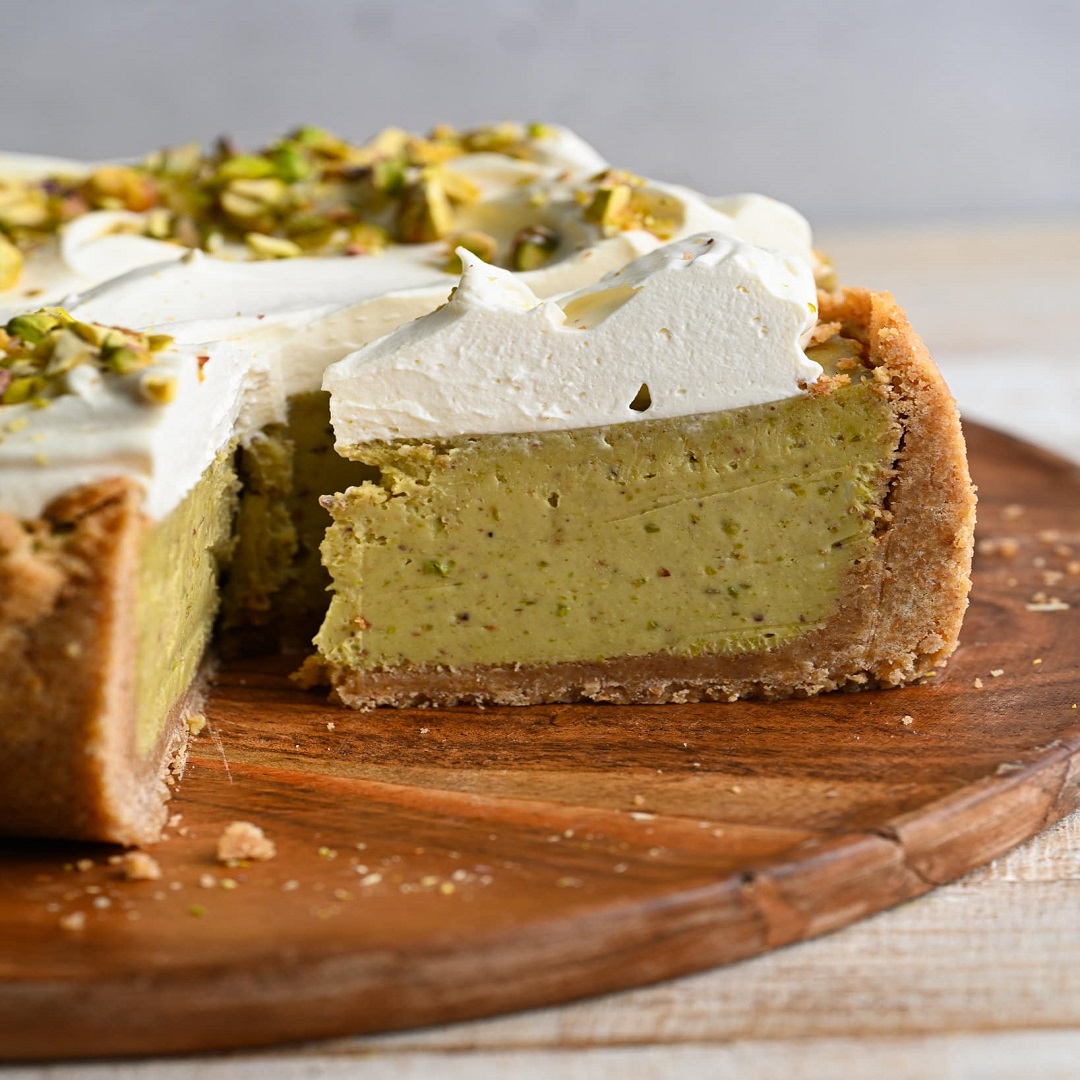

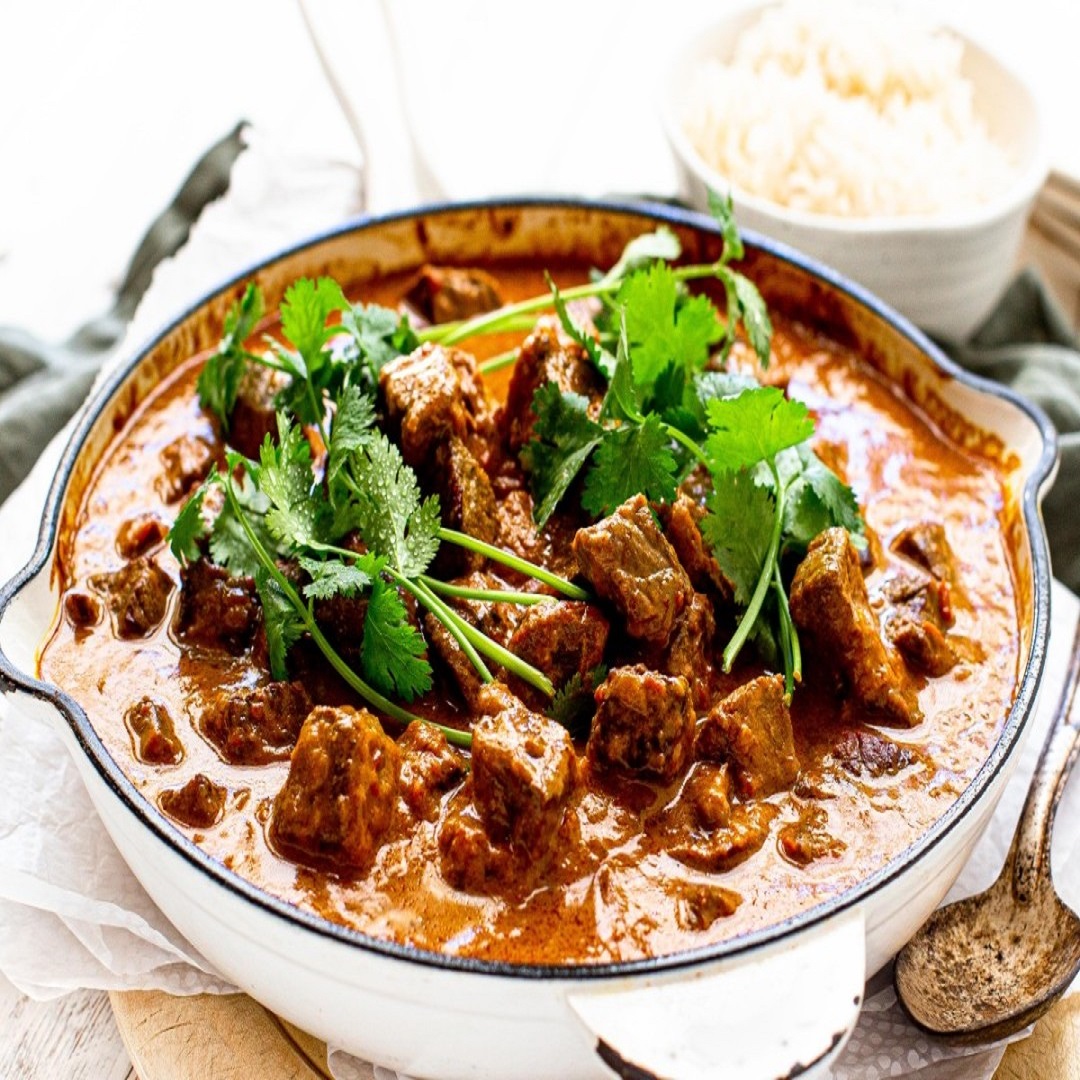
Как получить диплом стоматолога быстро и официально